Visit to the Historical Museum of the city of Strasbourg – My opinion
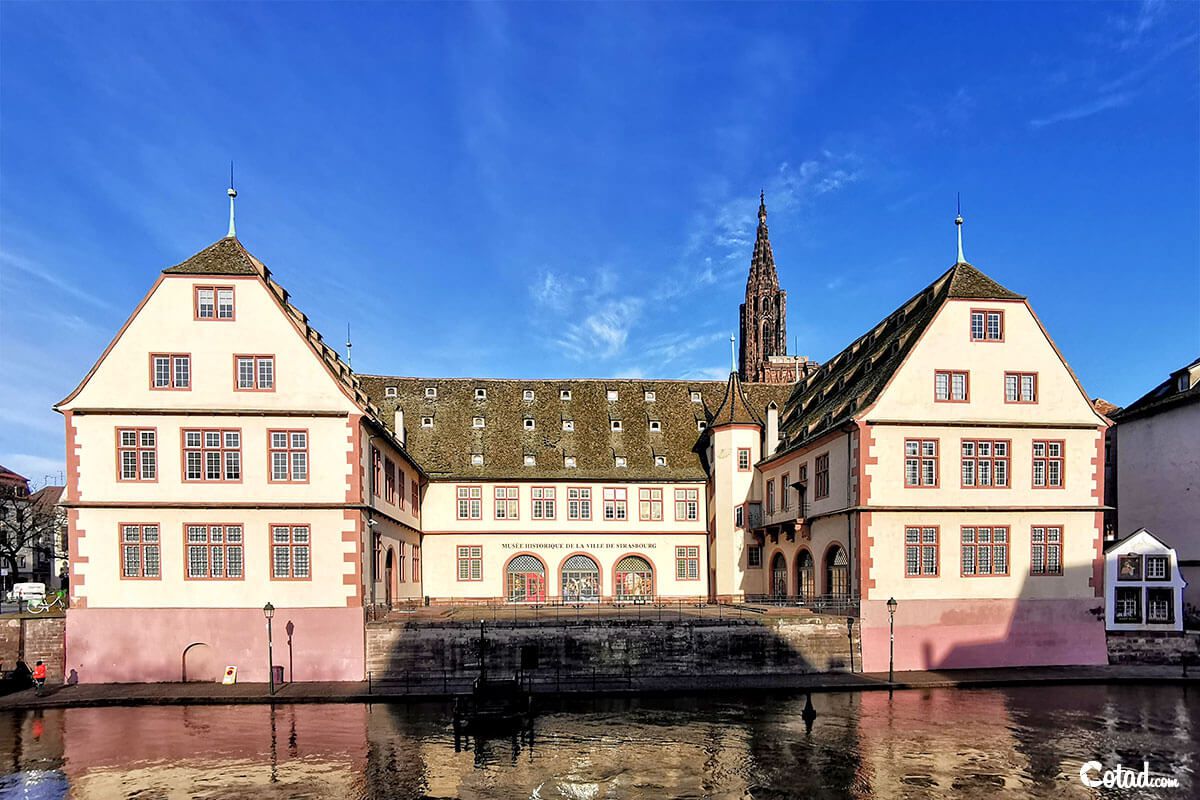
The Historical Museum of Strasbourg is the perfect starting point to discover Strasbourg through its history, from the Middle Ages to the creation of the European institutions. From the free city to the revolutionary city and then the European capital, we go back in time through a beautiful collection that leaves a lot of room for interaction. Let's discover this Strasbourg museum together?
A museum in the former Grandes Boucheries of Strasbourg
Ideally located at the edge of the Ill, next to the Old Customs House and the Raven Bridge, the Historical Museum sees many Strasbourgeois and tourists passing by every day. But how many have walked through its doors? It was my case until then and I regret today not to have gone there before so much its visit is brilliant to understand and discover the city, even when you are Strasbourgeois.
The building originally housed the Grandes Boucheries de Strasbourg from 1587 until 1899 when it was transformed into the Museum of Decorative Arts, inaugurated by Kaiser Wilhelm II in person. In 1919, it was transformed into the Historical Museum. That’s it for the quick history of this building, which is a must-see on the Big Island.

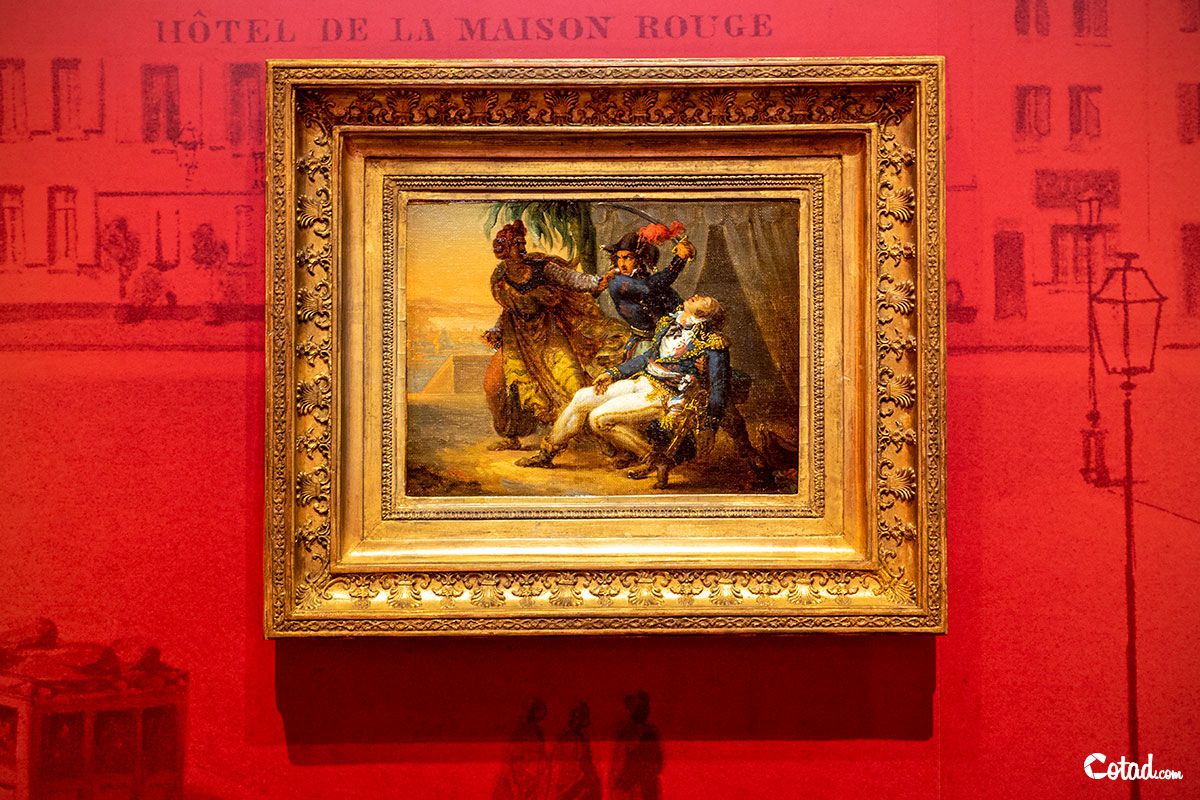
Exhibition: the history of Strasbourg in three chapters
The visit is chronological and follows the history of Strasbourg through 3 major stages: the free city of the Holy Roman Empire (1262-1681), then the revolutionary city (1681-1800) and finally the European capital (19th and 20th century). I highly recommend that you take the tour with the audio-guide which is given free at the entrance and will accompany you with very informative comments. The collections are well displayed and very well explained. A lot of room is left for interaction with objects that can be touched, manipulated or tried. The Museum reminds me a little of the London Museum.
Do you know the Iron Man? The one that gave its name to the famous square in Strasbourg is now in the Historical Museum, replaced by a replica above the pharmacy. Facing the original, you can also try on soldier’s helmets. Would you make a good Iron Man (or Woman)? Around you, a set of military objects, coins from Strasbourg and other relics from the medieval period. You will discover the old city hall, the Pflaz, through a model more real than life. Located on the edge of the current Place Gutenberg, the building disappeared during the Revolution.
You will find a pot further on. At least what is left of it. It is the one that the people of Zurich brought back by boat in 1576 in less than a day. With his porridge still steaming at the finish line, they showed that the Strasburg allies could count on their help in case of need. It was also on this occasion that the oldest white wine kept in barrels, now kept in the historical cellars of the Hospices de Strasbourg, was tasted.
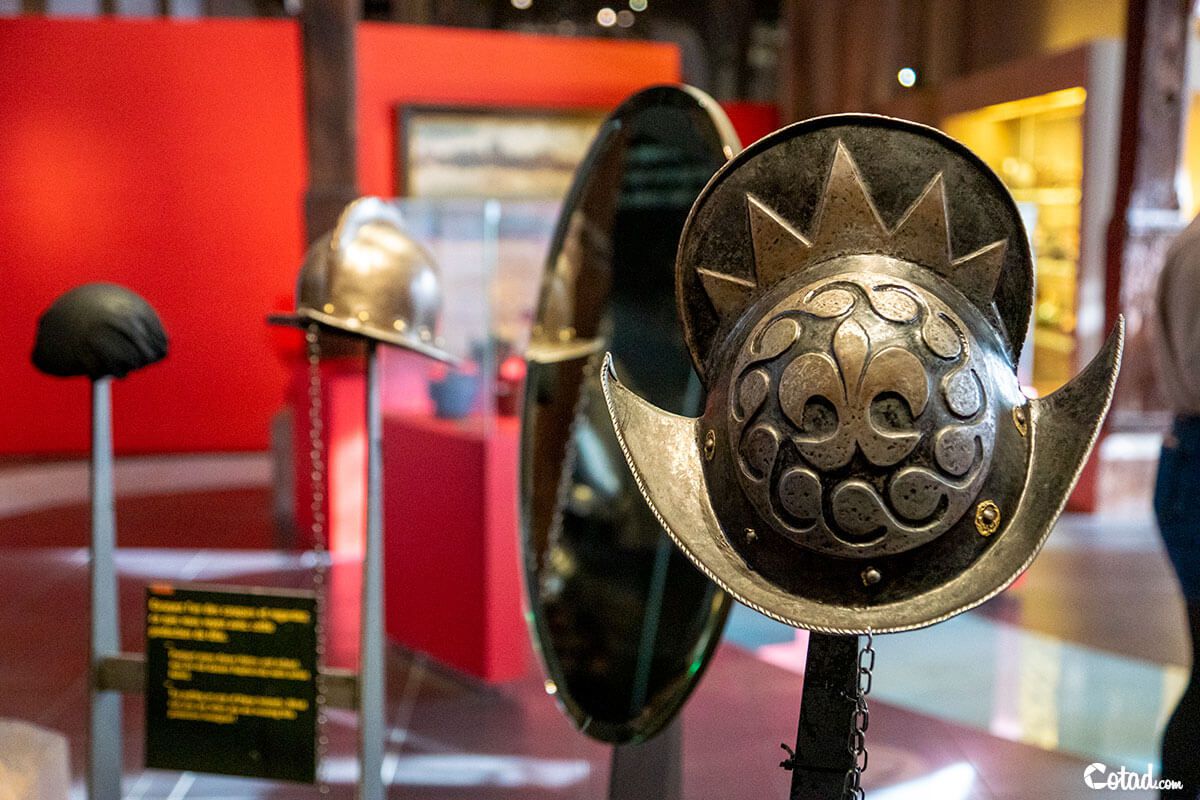
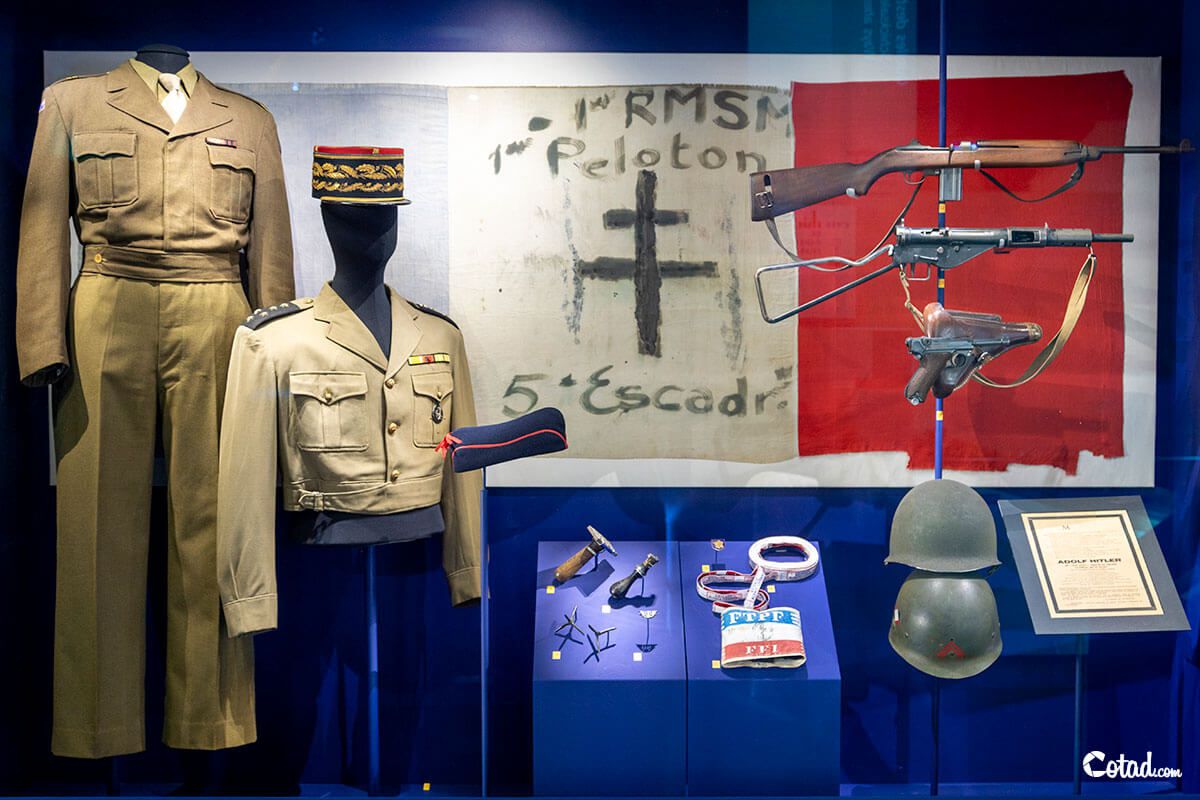

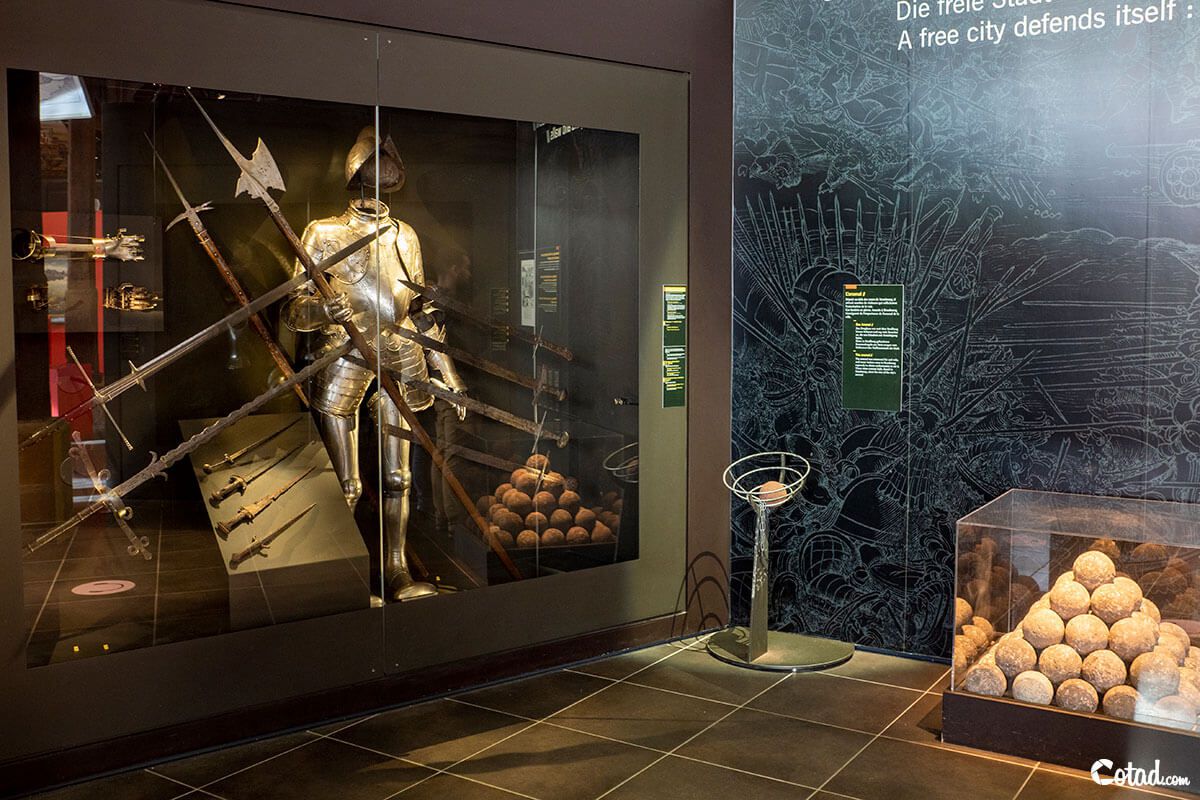
From the beautiful Strasbourg to the Ladevèze Relief Plan
Continuing your visit, you will discover the costume of the “Belle Strasbourgeoise” which recalls a work of Nicolas de Largillière exposed in the Museum of Fine Arts a few meters away. The exhibition presents the clothing of the time and the differences between social classes. A pretty doll’s house impressively realistic allows us to see what a traditional habitat of the time looked like. Then we dive into the history of religions, in this multi-faith city so atypical in the Kingdom of France.
On the first floor, the Plan Relief of Ladevèze is impressive. This 72m² reconstruction of Strasbourg was created in 1727 to imagine the defense of the city and its surroundings. Have fun looking for places you know. I was struck by the Neudorf… which did not exist at the time. Only a few houses were installed in these flooded fields. You can also see all the canals in the city center that have now disappeared, filled in as in Zurich Street. And look at the side of the Rhine. The configuration has changed a lot now.
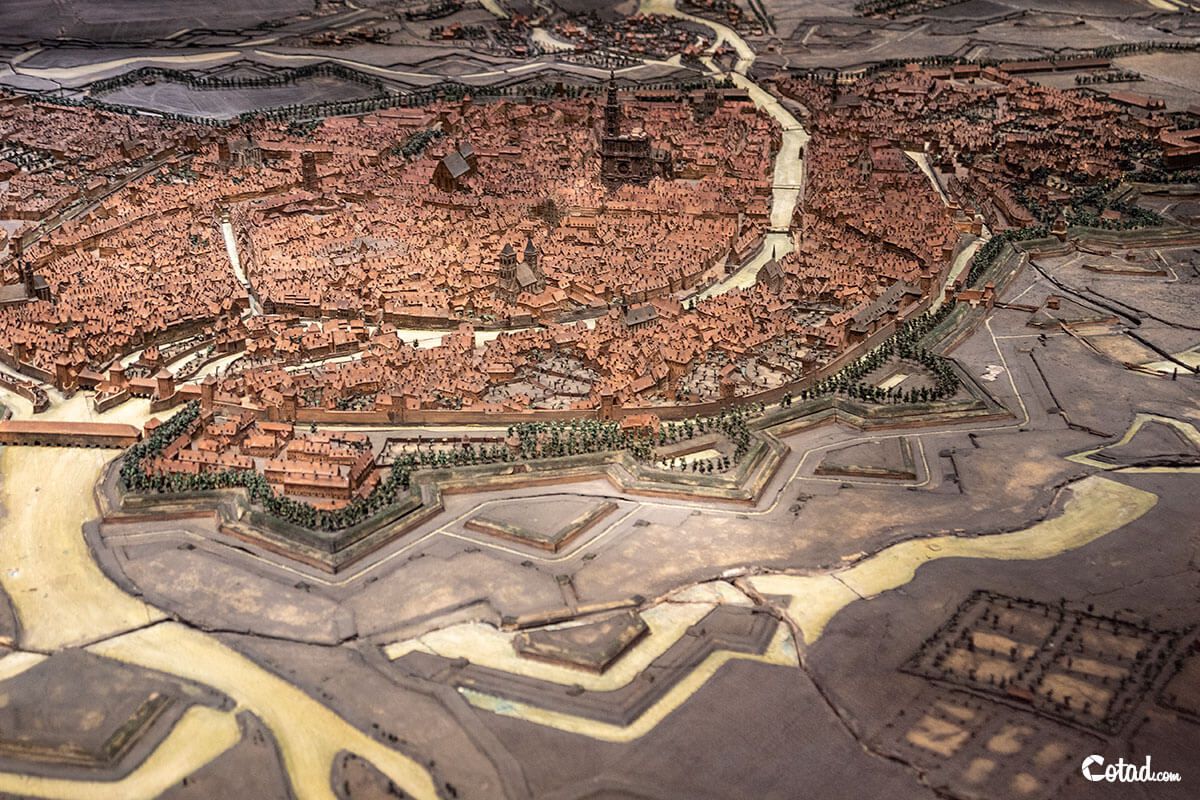

The birth of the Marseillaise and the Revolution
One of the remarkable pieces of the Historical Museum is the painting of the Marseillaise by Isidore Pils. We see Rouget de L’Isle performing his composition written the day before in front of Baron de Dietrich, mayor of Strasbourg. A way to remember that the national anthem was written and sung the first time in Strasbourg.
The painting is surrounded by the great Strasbourg figures of the Revolution and the Empire, such as Kellermann and Kléber. There is also a painting representing his assassination during the Egyptian campaign and his travel kit. From the imperial period, we also discover the small soldiers of the Imperial Guard and the Confederation of the Rhine of the First Empire. These 60,000 paper figures impress with their detail.
Finally, we enter the German era after the 1870 war. Many shells fell on Strasbourg and some are still visible in some facades. At the Historical Museum, you can touch an authentic one.
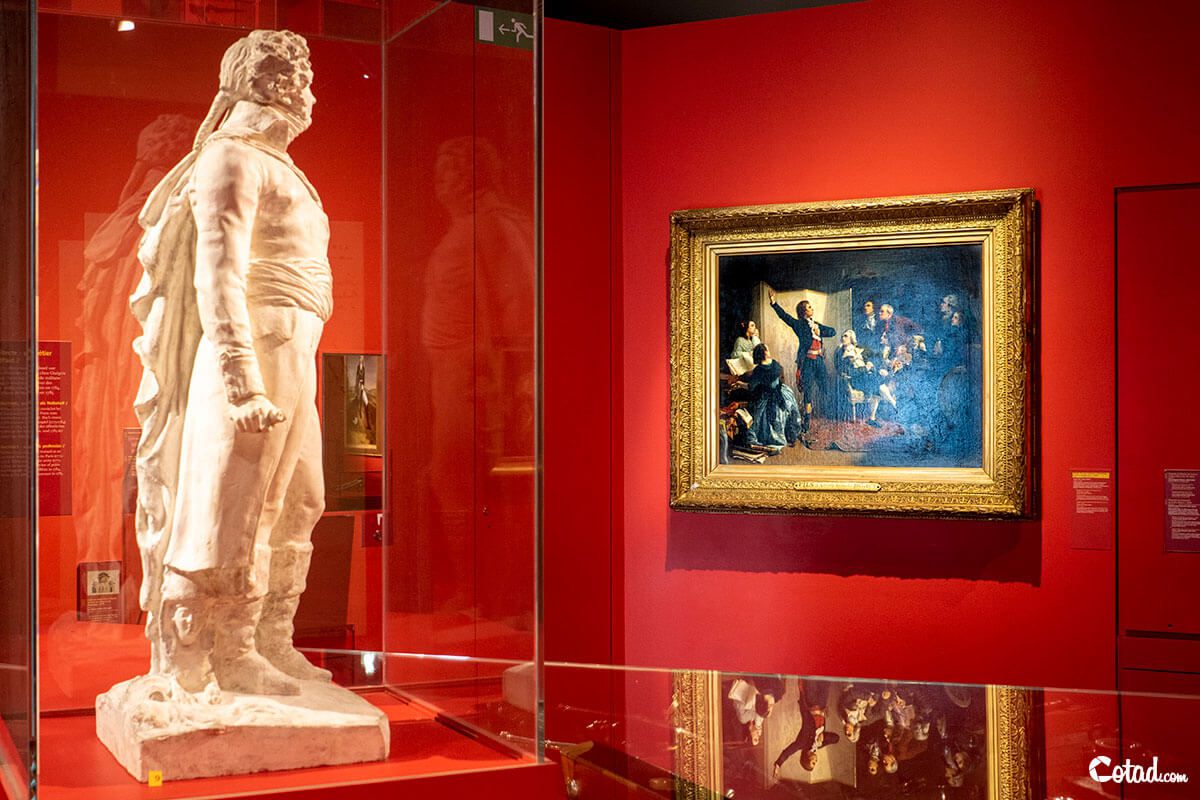
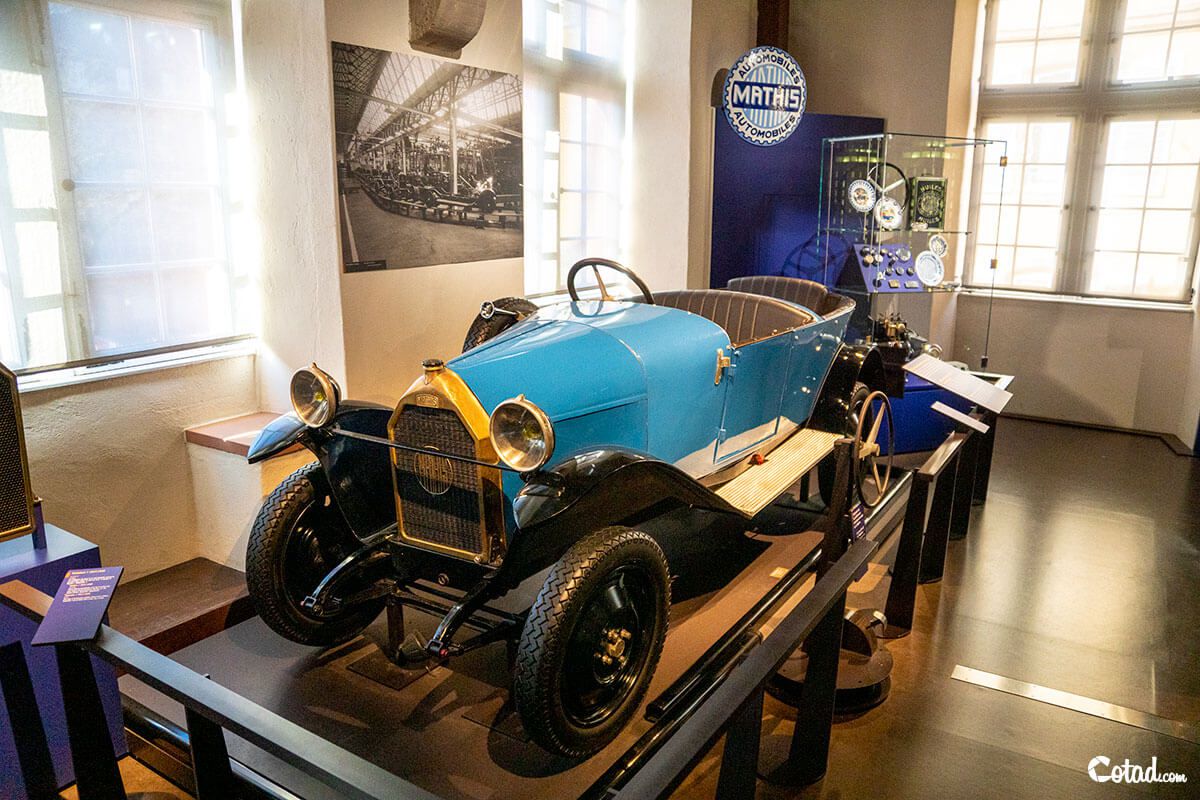

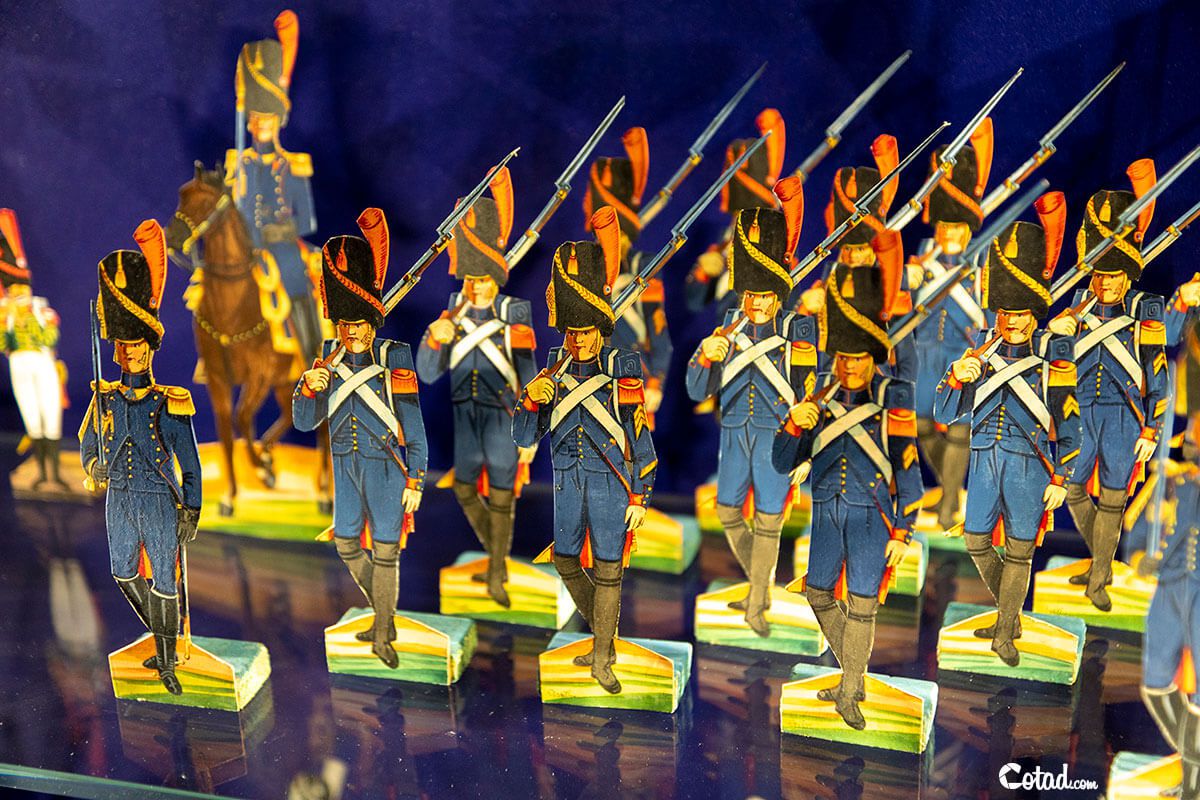
Strasbourg, Capital of Europe
We end the visit with the conflicts and the European peace. A Torpedo built by Mathis reminds us that Strasbourg was an important place for car production at the beginning of the 20th century. Then came the Second World War and the authentic tricolor flag hoisted on the spire of the cathedral at the arrival of the 2nd Armored Division of General Leclerc in 1944. Hastily made by a butcher, the flag is made from her blue skirt, an old white sheet and a piece of the Nazi flag for the red. Finally came the time of peace and the choice of Strasbourg as the city to host certain European institutions, such as the European Parliament. We then discover a development project on both sides of the Rhine.
I liked
- The collections are rich and very well detailed, ideal to discover Strasbourg. There are some particularly remarkable or amusing pieces such as the Iron Man or the Zurich pot
- The museum is interactive and fun, perfect for children
- Ideally located in the center of Strasbourg, a few steps from the cathedral
- Included in the Alsace Pass
I liked less
- Nothing
Practical information
Schedules and rates
Here you will find the opening hours and prices of the Historical Museum of the City of Strasbourg.
Access
By car
The address is: 2 rue du vieux Marché aux Poissons, 67000 Strasbourg. You can park in the Austerlitz or Gutenberg parking lots. It is necessary to count:
- 36 kms from Haguenau (about 35 min)
- 53 kms from Colmar (about 50 min)
- 115 kms from Mulhouse (about 1h15)
By public transport
By streetcar with lines A and D – stop “Porte de l’Hôpital
Hungry?
If you are hungry, don’t hesitate to consult our favorite restaurants in Strasbourg.

